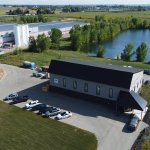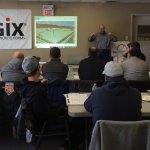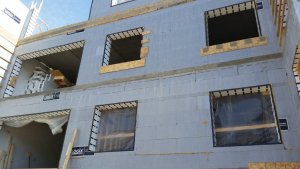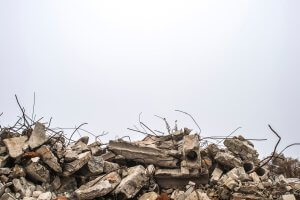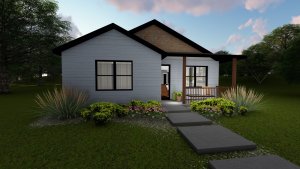Air may be invisible, but it is certainly not immaterial to our comfort. We want good, clean air inside our houses. On the other hand, we don’t want air leaking through the building envelope. And when wind storms huff and puff around our houses like the big bad wolf, we need protection from that same air.
To understand the behavior of air movement, or wind, imagine it as water. Where it flows up against a house, it becomes a positive pressure, trying to push into any little crack or gap. On the backside of the house, a low pressure or suction is created, pulling on the walls. In a strong, swirling current, the house is caught in the middle, buffeted about and twisted like toffee in a swirling wind.
And the damages? In high winds, houses can be yanked from the foundations, roofs can be blown off, and walls can collapse like dominos. Building codes provisions call for protective measures like shear walls, wall anchors and roof strapping. But protecting a wood frame home with all these additional pieces of hardware is time consuming and costly. It is a bit like slapping on Bandaids to a very fragile skeleton.
The reinforced concrete of a LOGIX wall is inherently a sturdier structure and provides the wind protection with no extra work or additional parts. Concrete provides the strength, and the reinforcing steel anchors the walls to the foundation and binds the corners together. It makes for good solid bones.
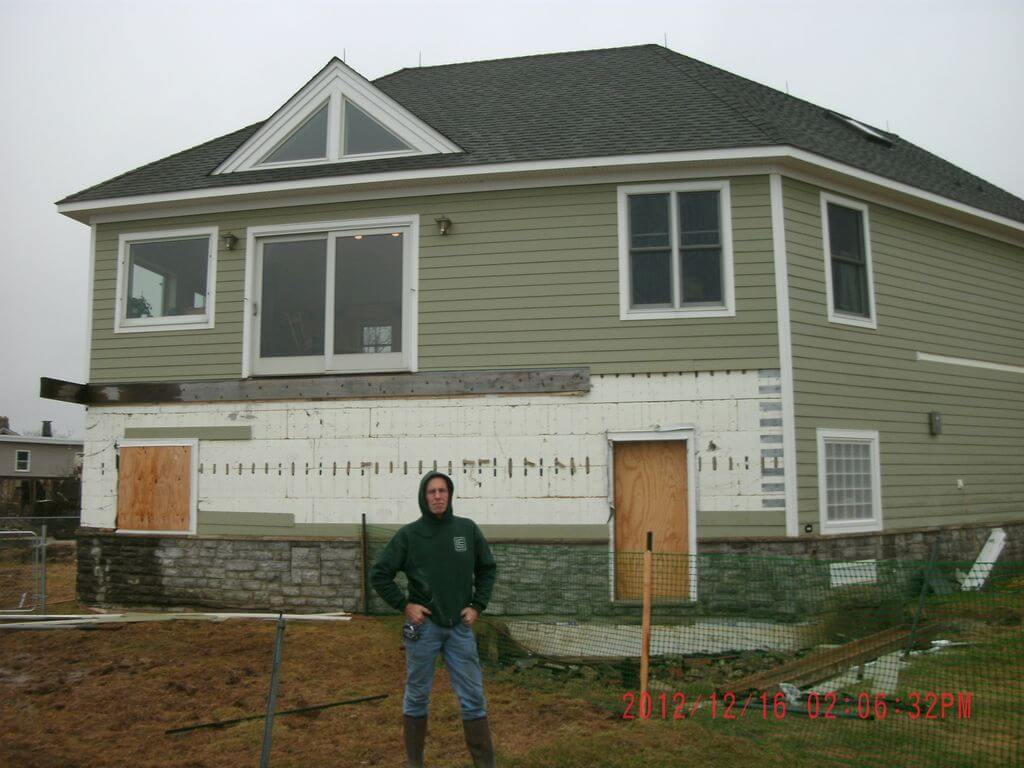
Even the wolf in the three little pigs story figured out that a solid wall is better than straw or wood. One the greatest dangers of tornadoes and hurricanes is the airborne debris swirling about in the high speed winds. When one of these airborne missiles punctures the shell of a house, the windward pressure can blow the house up like a balloon and pop off the roof.
Research conducted by Texas Tech University’s Wind Engineering Research Center replicated the tornado conditions, hurling debris at 250 mph at a variety of wall types. Only the concrete wall systems survived the test with no structural damage. The missiles shot right through the wood frame walls.
And the best part of it all? The solid concrete air barrier not only protects from one time high wind events, but it also helps save energy every single day by keeping homes airtight.
So build a good solid concrete frame, strap on the roof nice and tight, and let the storm rage on.


